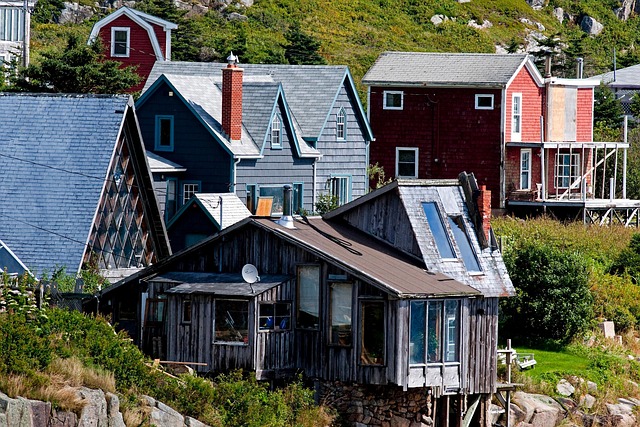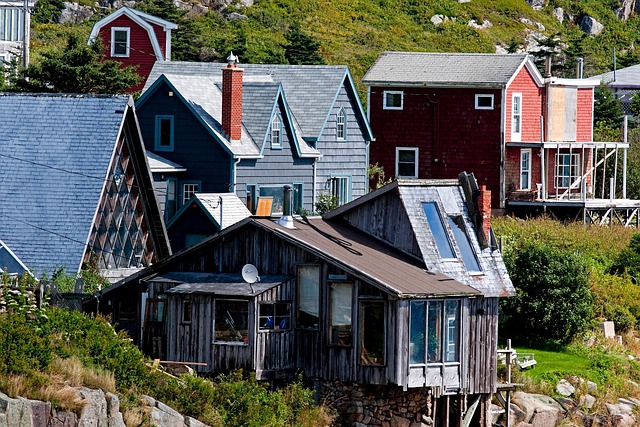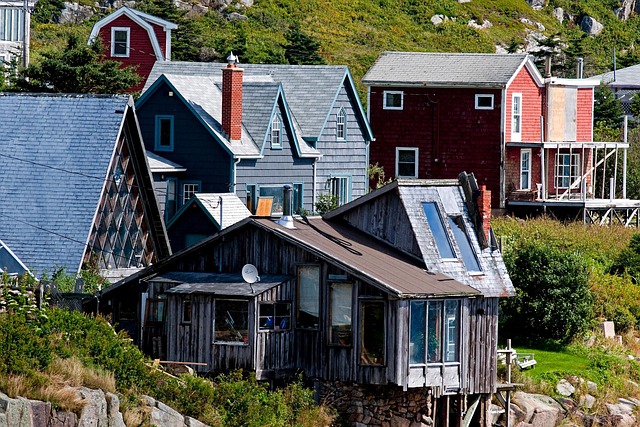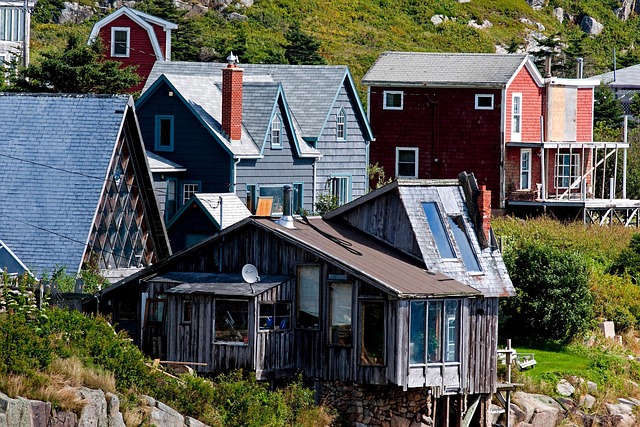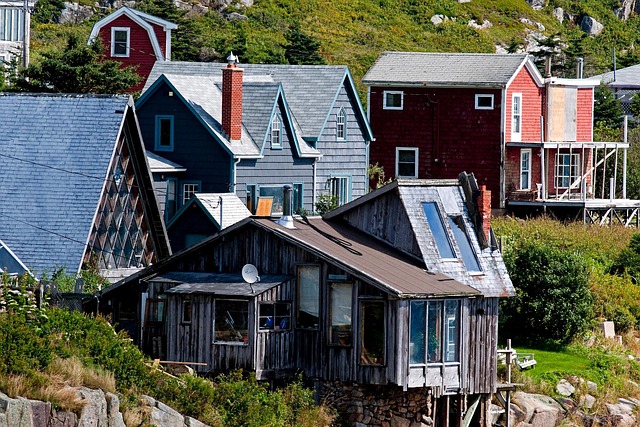Downtown areas, with their vibrant energy and historic charm, are vital centers of community life, attracting locals and visitors through their unique blend of small businesses and modern amenities. Real estate professionals play a crucial role in revitalizing these districts by preserving architectural heritage, integrating modern designs, and strategically offering commercial rentals and adaptable offices. Careful planning, community events, digital marketing, and partnerships foster growth while nurturing local entrepreneurship, ensuring downtown areas remain dynamic hubs in the ever-changing urban landscape.
“Discover the charming heart of any city through its historic downtown, a vibrant hub teeming with small businesses. This article explores how real estate professionals can navigate and capitalize on this unique micro-market. From understanding the pulse of the community to implementing strategies for success, we delve into the art of nurturing these enterprises. Additionally, we examine the delicate balance between preserving historical significance and embracing modern trends in urban landscapes through a lens of real estate innovation.”
The Vibrant Pulse of Downtown: A Real Estate Perspective
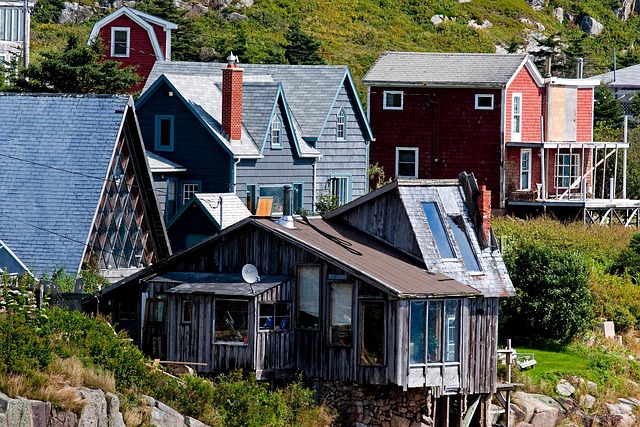
Downtown areas, with their small businesses, are the heartbeats of many communities, pulsating with a vibrant energy that attracts locals and visitors alike. From antique shops to cozy cafes, every building tells a story, contributing to a unique urban landscape. In the real estate context, this dynamic environment offers investors and developers a chance to be part of something special. The buzz created by these bustling streets and interconnected businesses fosters a sense of community, making downtown locations highly desirable for both commercial and residential properties.
The charm of historic downtowns lies in their ability to blend old and new. Real estate professionals recognize the value of preserving architectural heritage while incorporating modern amenities. This balance attracts a diverse range of tenants, from startup companies to established businesses, ensuring a thriving ecosystem that benefits everyone involved. With careful planning and thoughtful development, these areas can continue to flourish, solidifying their status as vibrant centers of activity in today’s digital era.
Nurturing Small Businesses: Strategies for Success and Community Building
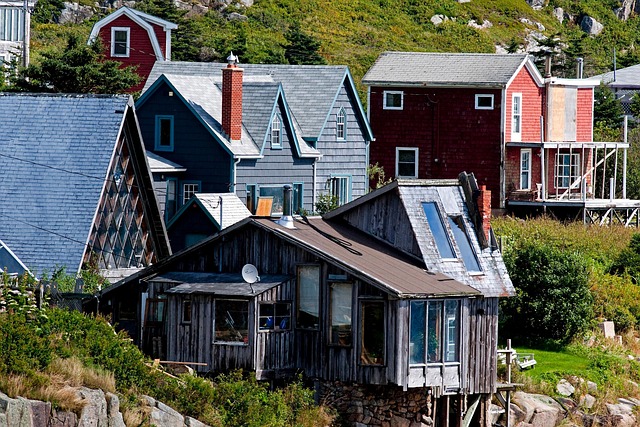
Nurturing small businesses is vital for the resurgence and vibrancy of any downtown area. Real estate plays a crucial role in this process, offering opportunities to create environments that support and encourage local entrepreneurship. Strategically designed spaces, whether commercial rentals or adaptable office spaces, can attract and retain small businesses, fostering a thriving ecosystem.
Community building is another key strategy. Local governments and business associations can organize events, pop-up markets, and collaborative initiatives that bring entrepreneurs together, fostering connections and a sense of belonging. By promoting these small businesses through digital marketing and local partnerships, it’s possible to create a unique identity for the downtown, attracting both locals and visitors alike and ensuring sustained growth.
Preserving History While Embracing Modernity in Urban Landscapes
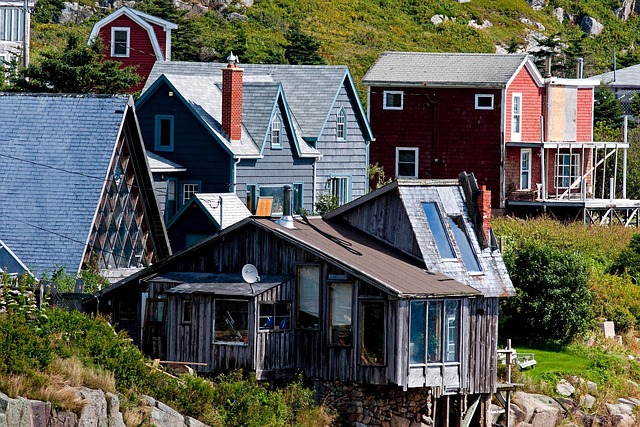
In the heart of many urban landscapes, downtown areas hold a unique charm that blends history with modernity. When it comes to real estate, preserving the rich past while accommodating contemporary needs is an art. Historic buildings, with their architectural prowess and narratives, offer a sense of place and belonging. However, integrating them into a vibrant, thriving city requires careful planning.
Modernity doesn’t have to erase the past; instead, it can enhance it. Adaptive reuse of these historical structures allows for unique residential or commercial spaces that tell stories while accommodating modern lifestyles. This approach not only preserves cultural heritage but also fosters a sense of community and pride among residents. In this way, urban landscapes can evolve dynamically, ensuring both the respect for history and embracing of new trends in real estate development.
